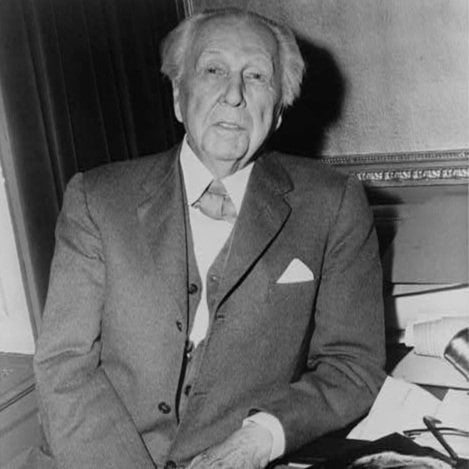Frank Lloyd Wright’s Mile-High Skyscraper Dream
When Frank Lloyd Wright died on April 9, 1959, so did his vision for a mile-high skyscraper. But it lives on in architectural legend.

exc-63b71cd65653e00821757e2e
He On October 16th, 1956, the 89-year-old Frank Lloyd Wright met with government representatives, news reporters, architects, students and curious public citizens at the assembly room in Chicago’s Sherman House to unveil a new design. Frank Lloyd Wright’s skyscraper idea shocked the room.
The press conference
Guests were greeted with massive photographs of Fallingwater and Taliesin West. There was also a scale model of the Price Tower, one of Wright’s few skyscraper projects, among other models of his architectural masterpieces.
Then he had pictures of the Eiffel Tower and the Great Pyramid of Giza, which were presumably set up for guests to realize the historic significance of the project.
Behind Frank Lloyd Wright stood a 25-foot drawing of “the Illinois.” Wright spent hours explaining the project to the guests.
The building’s specs
Wright said the tower would include 528 stories, with 18 million square feet of usable space.
The Illinois would be a city-within-a-city, with residential and commercial, office space. Wright also added multiple medical facilities. To access all areas of the building, Wright said that 76 atomic-powered elevators, each with five-level cabs servicing five floors would be utilized. At the top of the tower would be a television antenna. Also, there would be room for over 15,000 cars.
A “taproot” system held the structure up.
“Long ago I observed trees after the passing of a cyclone. Those with deep tap roots were the ones that survived.” Wright stated.
The taproot model resembled a tree. It had a solid, central concrete mass that ventured deep into the ground. The cantilevering floors poked out of the central core like tree branches.
Wright had already tested the taproot model on the Johnson Research Tower in Racine, Wisconsin, and the Price Tower in Bartlesville, Oklahoma. (However, both structures were under 20 stories tall.)
Why did Wright want it to be mile-high?
Some scholars suggest Wright didn’t actually want it to be a mile high. Wright throughout his life mastered the skill of drawing publicity to his projects. Suggesting “the Illinois” would be a mile high would help get the project in the newspapers.
Others believe he was serious. “The Illinois” would’ve been a monumental testament to his architectural legacy.
The reaction
One reporter asked if Wright was kidding. Wright, pushed back saying he was never more serious. But, the presentation brought about more questions than answers.
Nevertheless, it made newspaper headlines and publications printed drawings of the building’s design.
Legacy
Critics have said Wright’s taproot structural system wouldn’t have worked.
Others have suggested Wright severely underestimated the number of elevators needed.
However, similarities between current mega skyscrapers like the Burj Khalifa and the Illinois are often noted. (The architect of the Burj Khalifa denies he was inspired by Frank Lloyd Wright’s design.)
According to Joshua Nelson from elevatorscenestudio.com
“Many of which utilize a great deal of the same concepts Wright conceived in his design. From the hexagonal central shaft reinforced by three buttresses that form a Y shape demonstrated with The CN Tower in Toronto to the metal and glass curtain wall system that has became typical of all skyscrapers today. “
In the years after his announcement no serious interest from developers emerged. Meanwhile, Wright was preoccupied with major projects including the Guggenheim Museum in New York City. When Frank Lloyd Wright died on April 9, 1959, so did his vision for a mile-high skyscraper. However, “the Illinois” lives on in architectural legend.
Sources and further reading:
https://archbydesign.com/f/frank-lloyd-wright-the-mile-high-skyscraper
https://www.ibm.com/blogs/industries/frank-lloyd-wright-got-future-cities-wrong/
https://www.onverticality.com/blog/frank-lloyd-wright-mile-high-skyscraper






